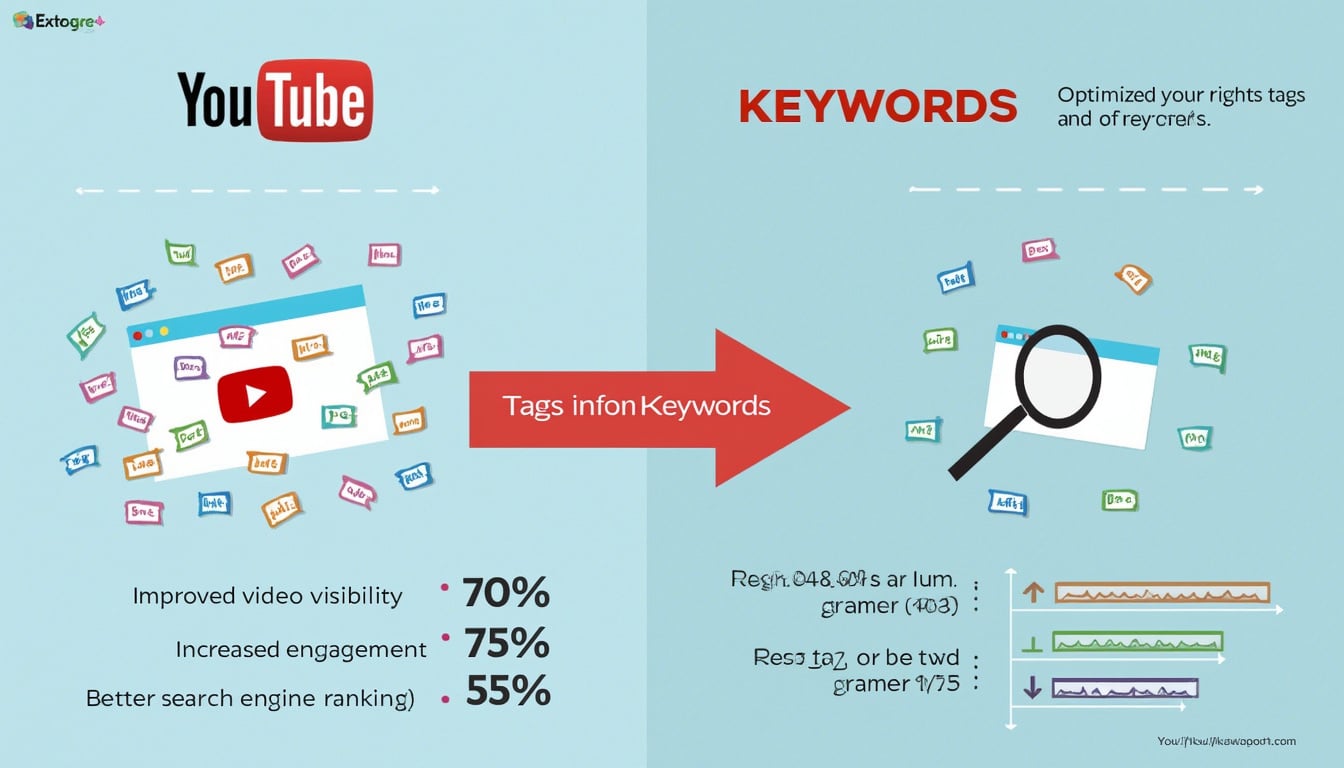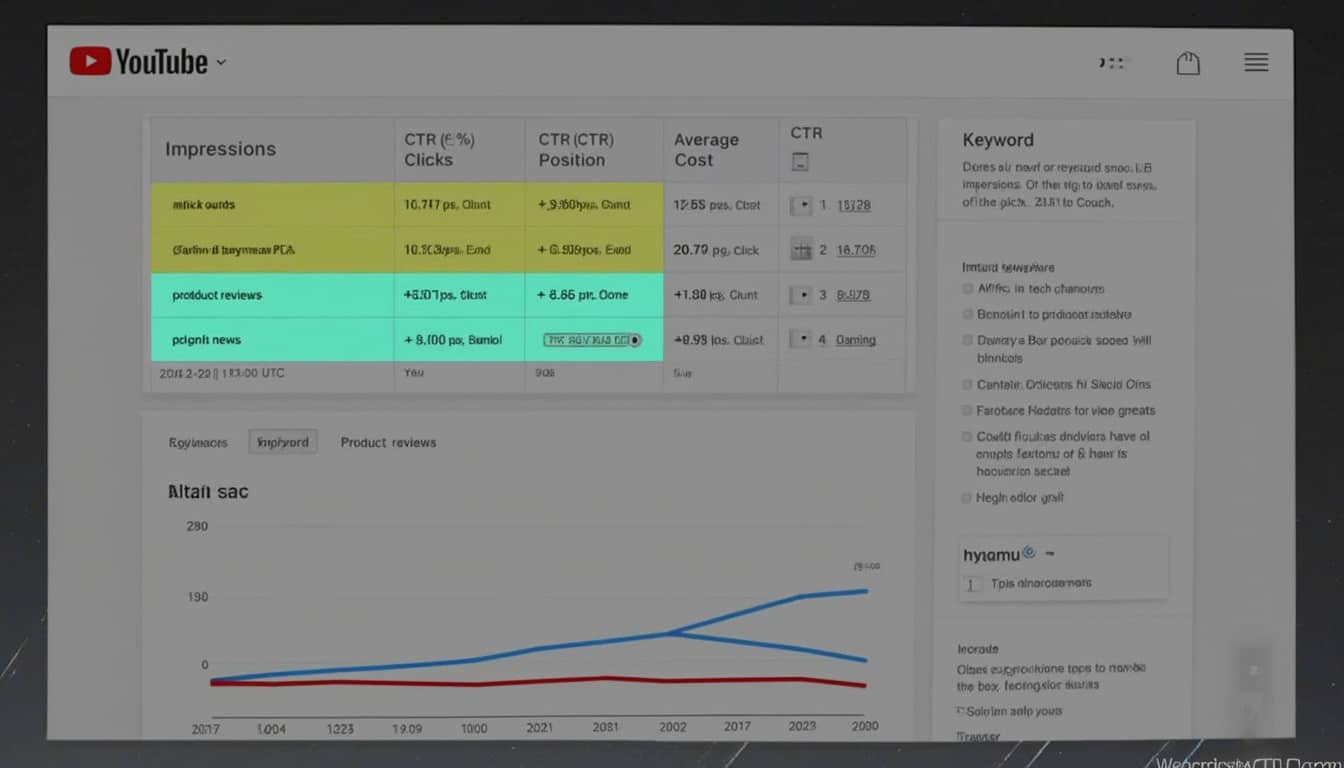Discovering how to effectively research your competitors’ YouTube tags opens up a treasure trove of insights that can significantly enhance your video marketing strategy. Staying ahead of the competition on YouTube isn’t just about producing great content; it also involves strategically utilizing keywords and tags for maximum visibility. By understanding what tags work for your competitors, you can tailor your content to meet viewer expectations and drive more traffic to your own channel.
This blog post will guide you through various methods to uncover the tags that competitors are using effectively. By tapping into these strategies, you’ll be equipped to create content that resonates with your audience while improving your video’s searchability within YouTube’s algorithm.
Understanding YouTube Tags
YouTube tags play an essential role in how your video is categorized and found on the platform. They inform the YouTube algorithm about your video’s content, making it easier for potential viewers to discover your videos when searching for related topics. An effective tagging strategy can help your videos rank higher, leading to increased views and engagement. It’s important to know the difference between tags and keywords, as they serve complementary functions in your YouTube strategy.
What are YouTube Tags?
YouTube tags are pieces of metadata that creators use to describe the contents of their videos. Tags help YouTube’s algorithm categorize and recommend videos to viewers. Tags can be explicit terms that describe the content, as well as general terms that might relate to broader categories. A mixture of both targeted and broad tags can improve your reach.
The Importance of Tags
Using relevant tags can potentially position your video alongside similar content, meaning your video could be recommended to viewers watching a competitor’s video. Hence, understanding which tags have been successful for others in your niche gives you a competitive edge. Keywords that resonate with your target audience can also improve SEO for your channel and website. Research using tools like SEO tools can help identify trending keywords and tags.

Methods to Research Competitors’ YouTube Tags
Researching your competitors’ YouTube tags involves several effective strategies that can provide crucial insight into their success. Below is a detailed examination of multiple techniques that can help you tap into your competitors’ tagging strategies.
Using the ‘View Page Source’ Method
This technique is straightforward and involves examining the HTML of a competitor’s video page: right-click on the video page and select ‘View Page Source.’ Once the source code is opened, search (Ctrl + F) for
<meta name='keywords'>
. This can reveal the tags that the competitor is using for that specific video, allowing you to analyze their approach in real-time.
Utilizing Chrome Extensions
Chrome extensions like VidIQ and Tubebuddy provide valuable insights into video performance metrics, including tags. After installing one of these tools, simply navigate to a YouTube video and view the tags displayed alongside the video analytics. This method not only saves time but provides comprehensive insights, including search rankings for those tags.
Examining Titles and Descriptions
Pay close attention to the video titles and descriptions of your competitors as they can provide additional context on the tags they prefer. Compelling titles and descriptions are usually accompanied by effective tags. Analyze the choice of words and phrases they used to attract viewers, as this can inform your keyword strategy.
The Role of YouTube Analytics in Tag Research
YouTube Analytics is a powerful tool that can help you identify which tags are performing well for your channel and potentially provide insights into what tags competitors are using. Here’s how to leverage YouTube Analytics effectively:
Utilizing the ‘Research’ Feature
By navigating to the Analytics tab in YouTube Studio and accessing the ‘Research’ feature, you can explore what search terms are leading viewers to your content. Reviewing queries can show which tags have connected your audience, and similar findings might indicate active tags within competitor content.
Tracking Search Terms
By reviewing search terms that have brought viewers to your videos, you can adapt your tags to meet the audience’s needs more effectively. This data can serve as a benchmark for what others might be searching for within your niche.
Identifying Gaps
Competitor analysis often reveals content gaps. You can assess tags they’ve missed covering which can provide a unique opportunity for you to create videos that fill these voids. Focusing on unresolved issues may establish your videos as go-to resources for your audience.

Consider the Search Intent Behind Tags
Assessing your competitors’ tags also means understanding search intent. A particular tag may attract more views if it aligns closely with what viewers are actively searching for. There are several types of search intents you should consider:
Informational Intent
Viewers looking for information often use keywords like “how to” or “what is.” Analyzing tags in this category can provide insights into popular video subjects. For instance, if a competitor uses the tag “How to cook pasta,” it indicates a clear audience interest. Your video could align with these interests to capture a similar audience.
Transactional Intent
These viewers are looking for specific results or products. If your competitors frequently use tags that imply a sale or product (e.g., “best headphones 2024”), consider how your content can address similar or related concepts effectively.
Navigational Intent
Some viewers may be searching for a particular channel or video. Tags must sometimes include specific brand names or trending topics. Understanding this aspect helps in strategizing tags that lead more traffic to your channel stemming from common search queries.
Final Thoughts on Competitor Tag Research
Researching competitors’ YouTube tags is an ongoing process that demands vigilance and adaptability. Keeping track of your competitors isn’t merely about imitation; it’s about gaining insights that will allow you to innovate and stand out. Updated tags and relevant keywords can enhance searchability and user engagement significantly.
Remember that leveraging these tactics creatively will ultimately improve content discovery for both your current audience and new viewers. Utilizing tools, practicing research methods, and understanding your audience will enhance your ability to create compelling, searchable content. Take visual elements into account as well, including effective thumbnails, which are critical when it comes to driving clicks from video searches.

